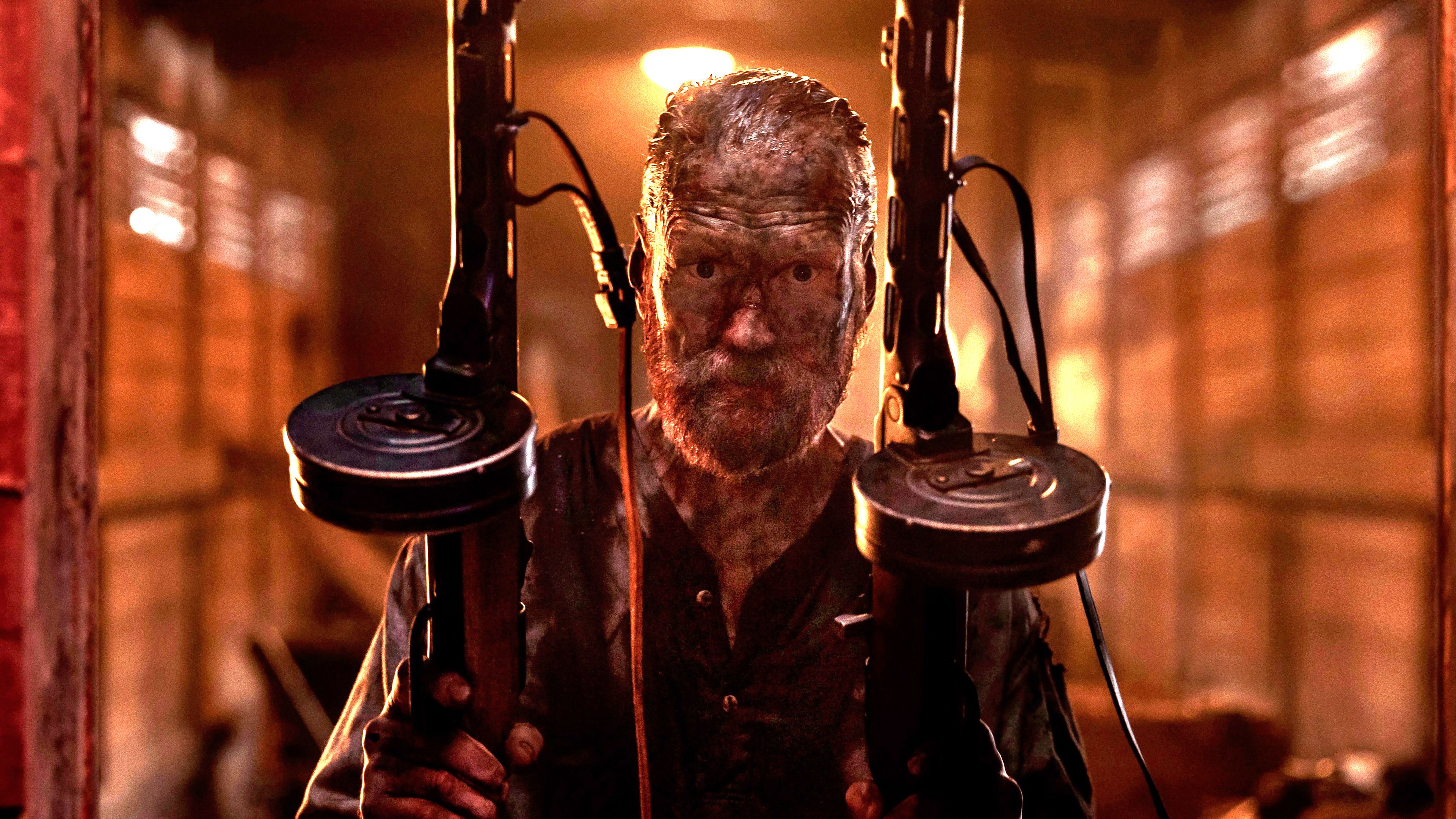
The popular action series known for its intense depiction of a Finnish WWII veteran taking on Nazis returns with Sisu: Road to Revenge, but with a slightly different approach to storytelling. Written and directed again by Jalmari Helander, the sequel follows Aatami (Jorma Tommila) two years after the events of the first film. He’s returned home with wealth, but still haunted by the horrific murder of his family during the war by Igor Draganov, a Soviet officer portrayed by Stephen Lang of Avatar fame.
With the war over, Aatami is determined to start a fresh life. He takes apart his house, loads everything onto a truck, and begins a journey across Finland, hoping to find a quiet place to remember his family. But the KGB, wanting to stop the rumors about “the man who refuses to die,” unleashes Draganov with unlimited resources to track Aatami down, leading to a dangerous chase across the country.
After its first showing at Fantastic Fest in September 2025, Sisu: Road to Revenge has been widely praised by critics. Currently, it has a 96% approval rating on Rotten Tomatoes, with reviewers highlighting its creative action sequences and darkly funny tone. The film has also performed well financially, earning almost $2 million at its premiere in Finland (compared to a $12 million production cost) and is projected to make $3 million during its opening weekend domestically.
Ahead of the movie’s US release, ScreenRant‘s Grant Hermanns interviewed Jalmar Helander and Stephen Lang to discuss Sisu: Road to Revenge. In looking at the difference between the two movies’ structures, in which the first could be compared to John Wick while the latter is a road movie akin to Mad Max: Fury Road, the co-writer/director explained that the reason for this change was he wanted to bring more “speed” into the sequel, confessing he felt that was “something missing from my previous films“:
Jalmari Helander explains that the concept of Aatami moving his home across dangerous lands drives the film’s action and pace, similar to an action-packed road movie. However, filming this is a slow process. Having numerous moving vehicles and cameras makes each shot take a long time, and resetting everything for another take is challenging.
With a larger budget for the second film, the director highlighted the explosive action sequences as the most fun to create, but noted that coordinating all the vehicles in motion was the biggest challenge. He explained that successfully filming these explosions required extensive preparation beforehand, as they usually only had one chance to get the shot right and relied on everything going according to plan.
A significant development in the story of Sisu: Road to Revenge is that the sequel delves deeper into Aatami’s past, revealing details about his family’s death and who was responsible. Director Jalmari Helander explained this change stemmed from wanting to give Aatami a personal stake – “getting his house back” – which he felt was a uniquely emotional and impactful starting point.
I really wanted a new concept that was as strong, or even stronger, than the idea for my first film. This one feels much more personal and emotionally resonant, and it also delivers exciting action.
Helander Knew He Needed “Some Badass Actors” Like Lang To Contrast Aatami
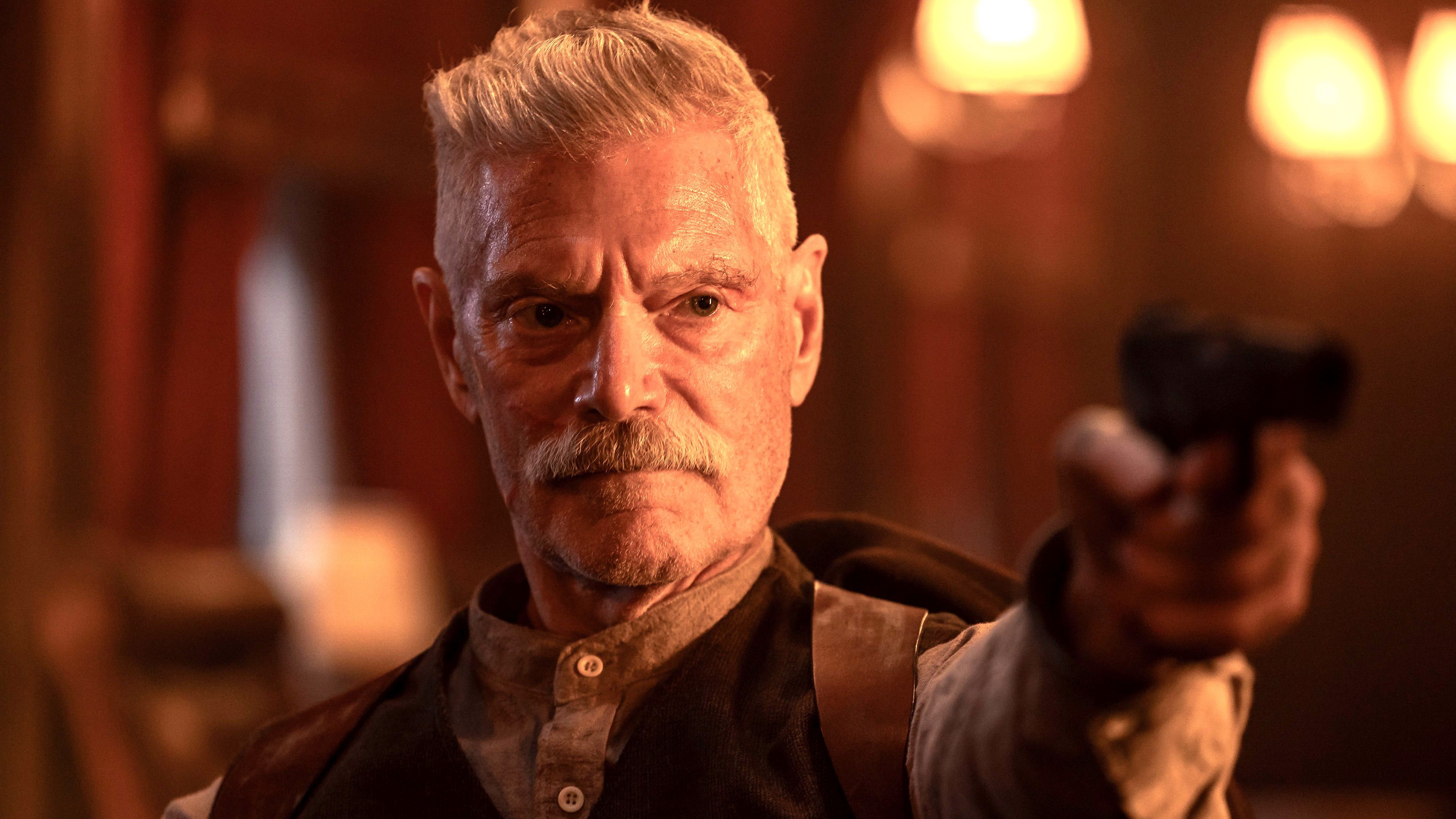
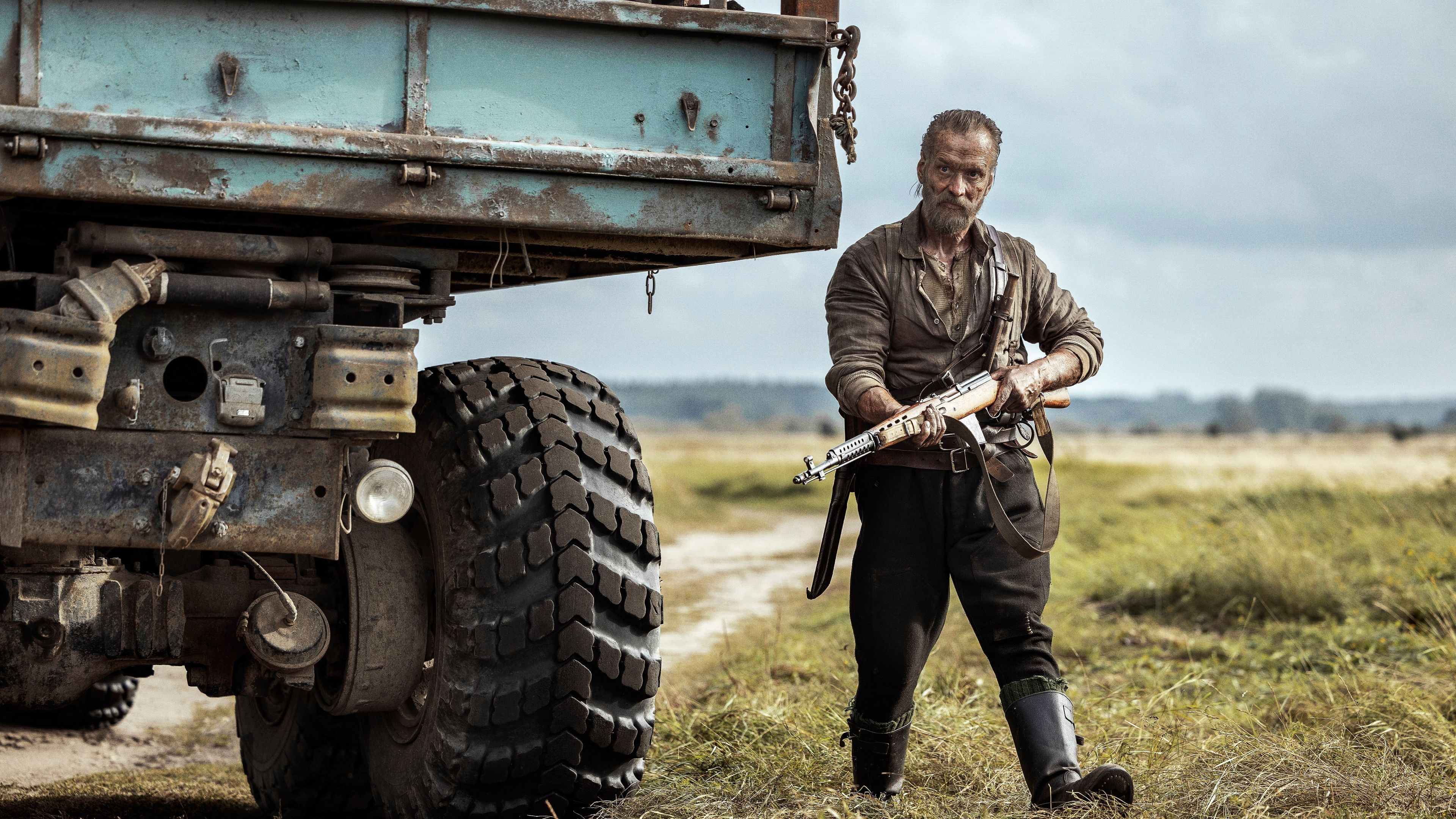
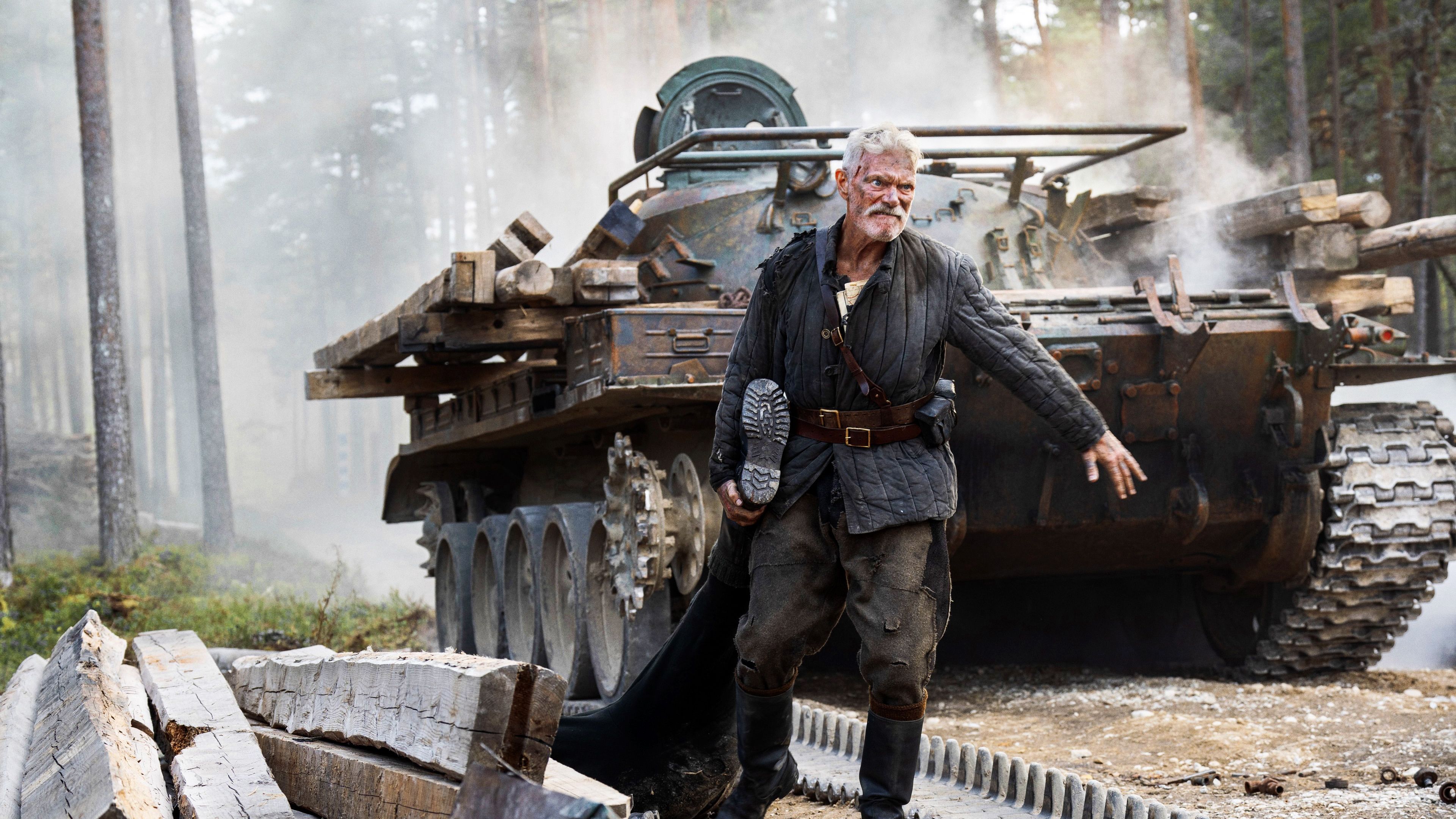
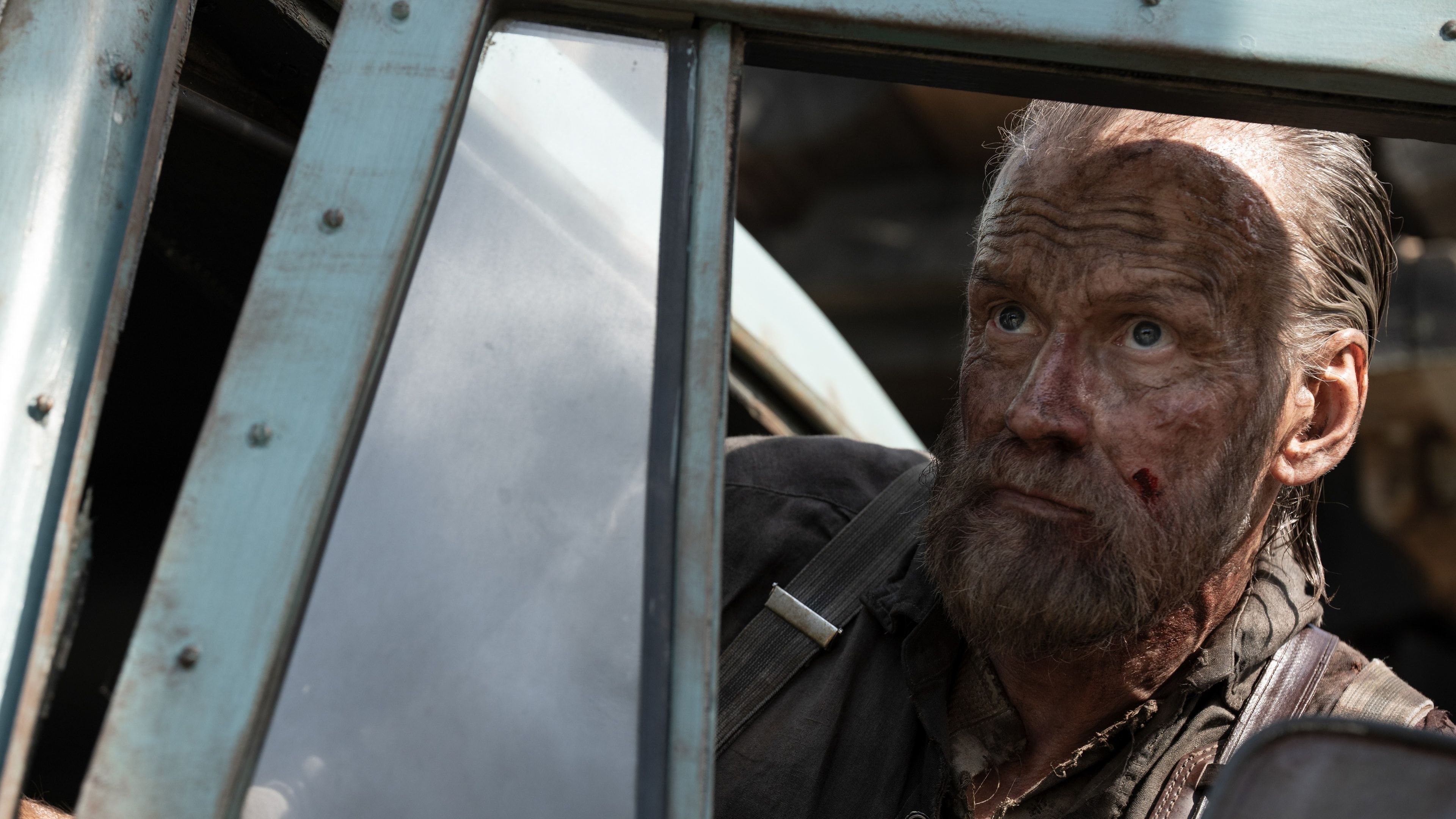
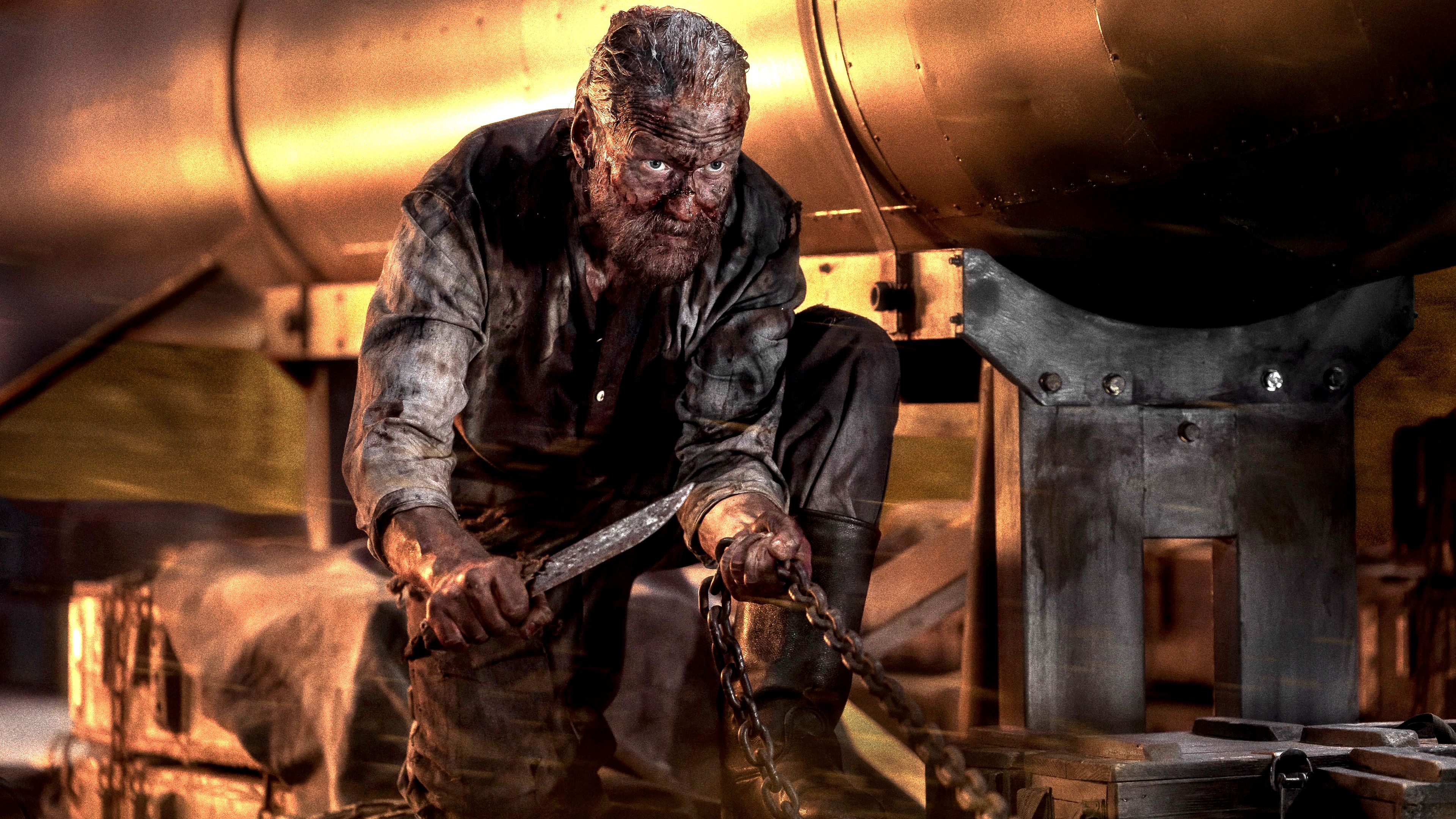
ScreenRant asked about the casting choices for the sequel, noting the first film featured mostly Finnish actors. They were curious how the filmmakers expanded the cast to include American actor Stephen Lang and Richard Brake (who has Welsh and American roots) as the main villains. They wanted to know what led to those specific choices and what attracted the filmmakers to Lang and Brake.
I initially envisioned a younger actor, but the moment I considered Stephen Lang, I knew it was perfect. Our first conversation confirmed that feeling – it was a great fit. Getting both Aksel Hennie (Brake) and Stephen Lang for Sisu was fantastic because Aatami Korpi’s story really demands powerful, strong actors.
ScreenRant asked Stephen about his approach to playing villains, noting that each actor finds a unique way to embody a villainous character – through physical mannerisms, understanding their history, or their voice. They were curious to know what helped him connect with the character of Igor in this particular film.
When preparing for the role, I focused on stripping away my own personality to create a blank slate. While the character’s detailed history isn’t directly shown in the story, understanding it was crucial for my performance. To portray someone capable of such cold and calculated evil, it helped to explore the origins of that behavior. I realized this character was essentially raised by the state, molded from birth to suppress emotion and embrace cruelty. He’s a product of his environment and upbringing, just like all of us, and exploring that conditioning was key to building the character.
What really struck me about this film is how the earlier parts build a genuine emotional connection, making the action sequences later on feel so much more impactful. Seeing Igor become a key player, and finally witnessing his confrontation with Aatami, was a highlight. I’m especially curious about what it was like for Jorma and the actor playing Igor to actually film those intense scenes together – to really go head-to-head, both as characters and as performers.
Working with that actor was great – he’s a real professional. We both had an unspoken understanding to protect each other, especially considering the set. The train car was cramped and completely wrecked, with broken glass and sharp metal everywhere. It was easy to get injured, which naturally created some tension and a need to be careful. But we worked together really well, like a good team. We did a lot of fight scenes – lots of punches and even some stabbing with forks and spoons! – and we always made sure everyone, including ourselves, walked away in one piece. I especially enjoyed the scenes with the spoon stabs. [Laughs]
ScreenRant asked about the surprisingly violent way Igor died in the movie, noting the combination of being impaled and then blown up. They were curious how many different versions of his death the scriptwriters considered before settling on that one.
Jalmari Helander always envisioned the character dying with the missile. That was the original idea when he came up with the train concept. He thought it would be amazing to have a train powered by a large missile’s engine, and from that, he knew the missile itself would ultimately be where the character met his end.
Read More
- Where Winds Meet: March of the Dead Walkthrough
- Physical: Asia fans clap back at “rigging” accusations with Team Mongolia reveal
- Invincible Season 4 Confirmed to Include 3 Characters Stronger Than Mark Grayson
- Mark Wahlberg Battles a ‘Game of Thrones’ Star in Apple’s Explosive New Action Sequel
- EUR AUD PREDICTION
- LTC PREDICTION. LTC cryptocurrency
- November 2025 Movie Releases: Predator, Wicked, & More
- Fionna and Cake Season 2 Confirms Finn & Huntress Wizard’s Relationship Status (But It Probably Won’t Last)
- T1 beat KT Rolster to claim third straight League of Legends World Championship
- LINK PREDICTION. LINK cryptocurrency
2025-11-22 01:30